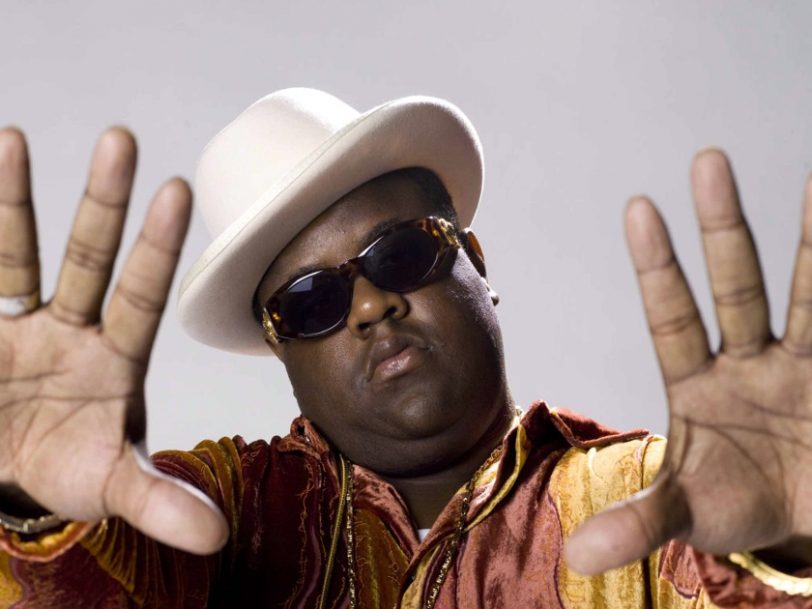New York City rap icon Christopher Wallace, aka The Notorious B.I.G., aka Biggie Smalls, was shot to death in March 1997, in the run-up to the release of his second album, Life After Death. Prolific in the studio, his output has fuelled several posthumous collections, including, two years after his death, the multi-platinum-selling Born Again. Released, on Puff Daddy’s Bad Boy label, the record offered an opportunity in the fast-moving world of hip-hop to pair Biggie with the hottest rappers of the time, among them some of his previous companions (such as the West Coast’s Too $hort, and Wu-Tang Clan’s Method Man), as well as those he would undoubtedly have collaborated with had he lived for longer. After the controversy surrounding Biggie’s murder, in Los Angeles – the tragic culmination of hip-hop’s East Coast-West Coast feud – some of the guests seemed picked in an attempt to demonstrate that New York wasn’t at war with other hip-hop scenes.
Listen to ‘Born Again’ here.
Studded with hip-hop cameos
Following an ominous, melancholic intro, wherein Brooklyn Biggie talks poignantly about the future, the supremely shiny, funkily Duran Duran-sampling single Notorious B.I.G. bursts in, featuring Biggie’s fierce sometime girlfriend Lil’ Kim alongside Puff Daddy. The video made the best out of lacking the physical presence of its main star, moving from a hospital scene (referenced by Biggie in his lyrics) to a party which celebrated the late rapper’s legacy and which, like Born Again itself, was studded with hip-hop cameos.
The brutal, teetering, head-nodding single Dead Wrong is traditional, whumping New York rap par excellence. Originally produced by Biggie regular Easy Mo Bee in the run-up to the release of Biggie’s debut album, Ready To Die (to which Mo Bee contributed extensively), the Born Again album version also features a fine horrorcore verse from Detroit’s then breakout star Eminem. The video likewise went back-to-basics with a montage of archival clips of Biggie, increasing the impact of what is widely considered to be a serious addition to his canon.




